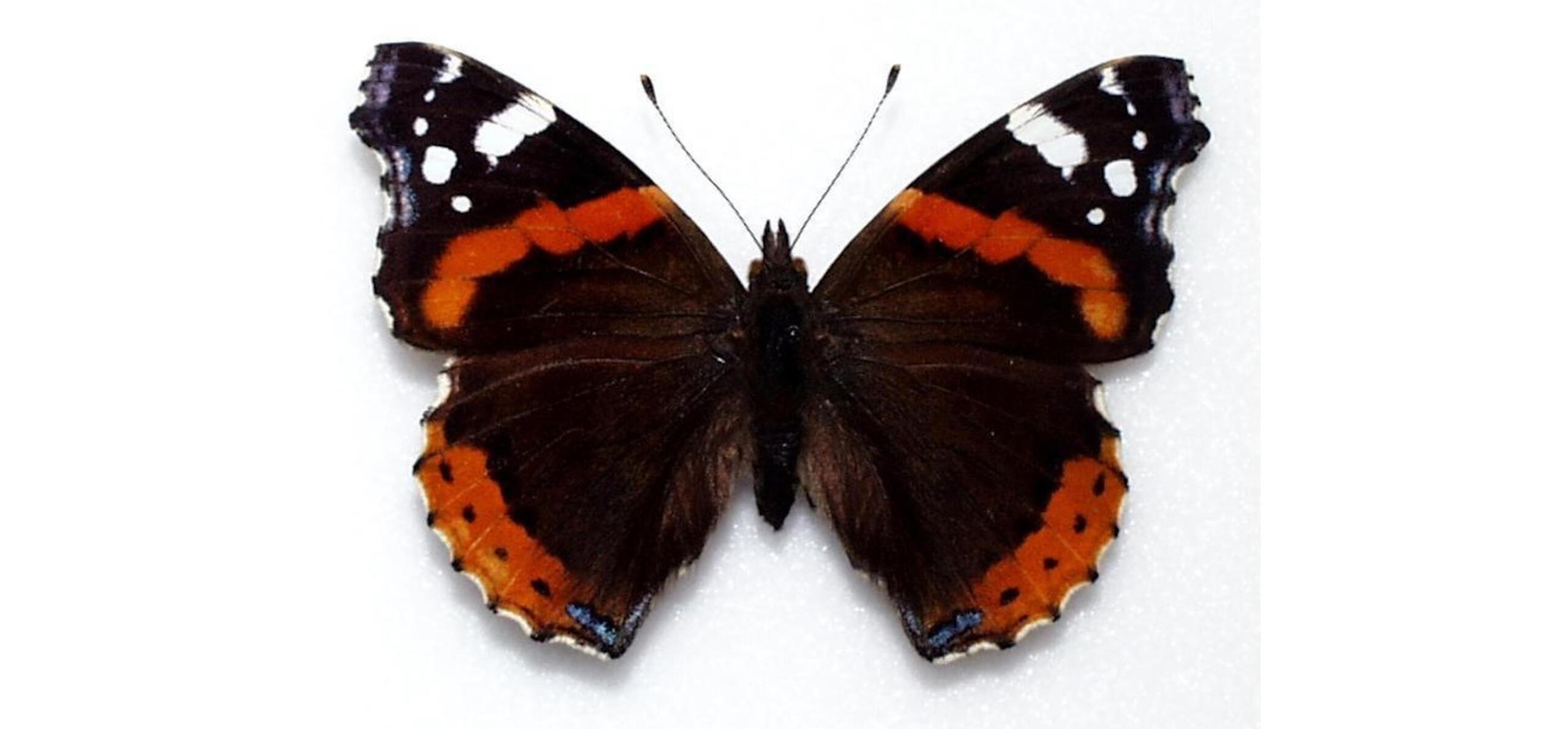What does counting garden birds, listening out for screaming swifts and photographing blossom have in common? They are all citizen science projects. This is where members of the public help conservation organisations collect data to help monitor and protect wildlife.
Some projects take place at specific times of the year, and some occur all year round. Wildlife organisations all over the UK, from local to national, are looking for assistance from the public, so read on to find out more about what you can do to help.
This blog is part of Our Green Stories, a Museums Partnership Reading campaign (Reading Museum and The Museum of English Rural Life) exploring sustainability and climate change through our collections.
January
Every January the UK’s biggest wildlife survey ‘the Big Garden Birdwatch’ asks the public to record the birds seen in gardens. By spending an hour identifying the birds in your garden you can help the RSPB keep track of British bird populations. In 2023 over half a million people took part, you can see the results here.
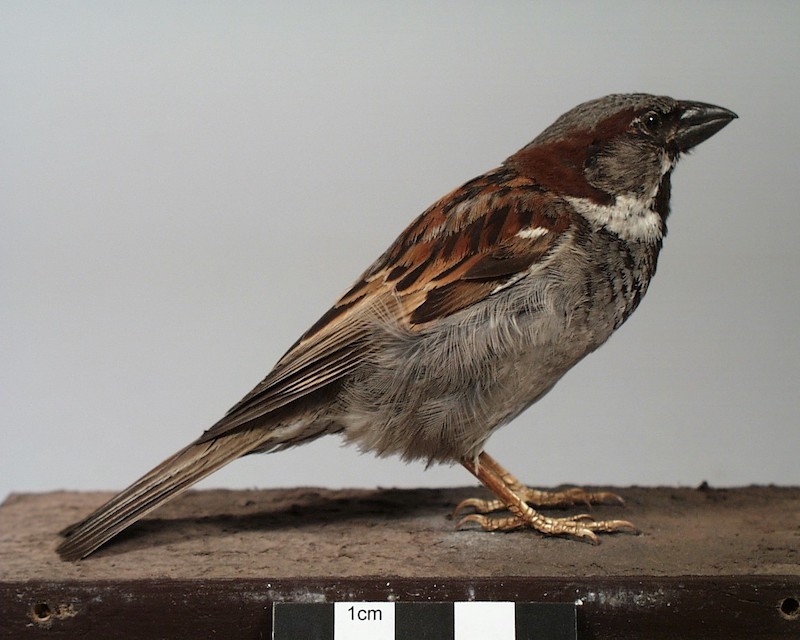
Adult male house sparrow
All year round
Spotting garden birds isn’t just for January. If you have an hour to spare each week you can record your bird sightings in Berkshire here. The Berkshire Ornithological Club collects sightings and maintains a database of all records received. The data shows local trends in bird populations and is used to identify conservation work.
Not in Berkshire? No worries, the British Trust for Ornithology runs a nationwide garden birdwatch all year round, recording sightings of the birds in your garden. Check it out here.
February to March
Fruit Watch, a joint project between the University of Reading and Oracle for Research, wants to track flowering dates of fruit trees across the UK. If you see an apple, pear, cherry or plum tree in bloom, upload a record to Fruit Watch to see how warming temperatures are affecting fruit trees.
The project aims to understand how climate is affecting blossom, as earlier blossom times could cause problems for pollinators.
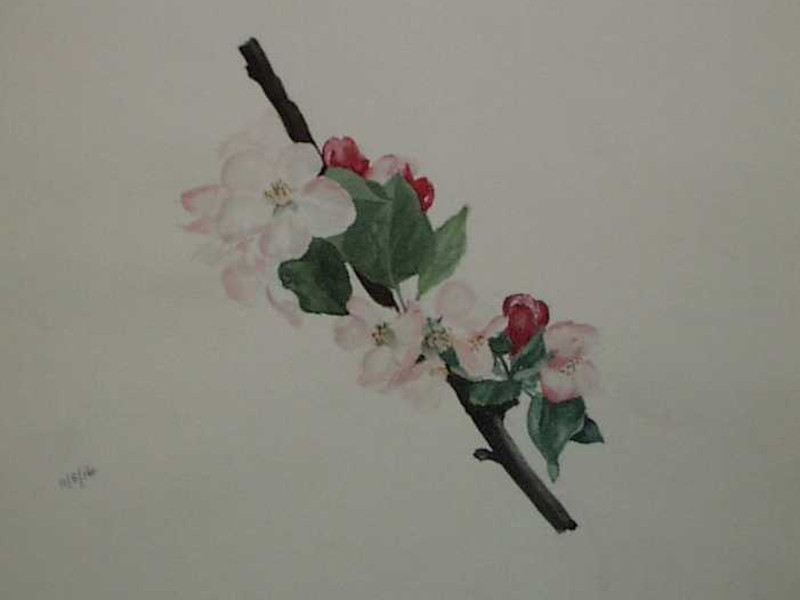
Cherry blossom by Ethel Allum, 1916 (Object number 2001.19.42)
All year round
Changes in the climate can affect the seasonal activity of wildlife. The Woodland Trust need the public help to track the seasons across the country, from spotting the first daffodils in flower to birds feeding their young. This information can help reveal how wildlife is affected by climate change. Take a look at Nature’s Calendar.
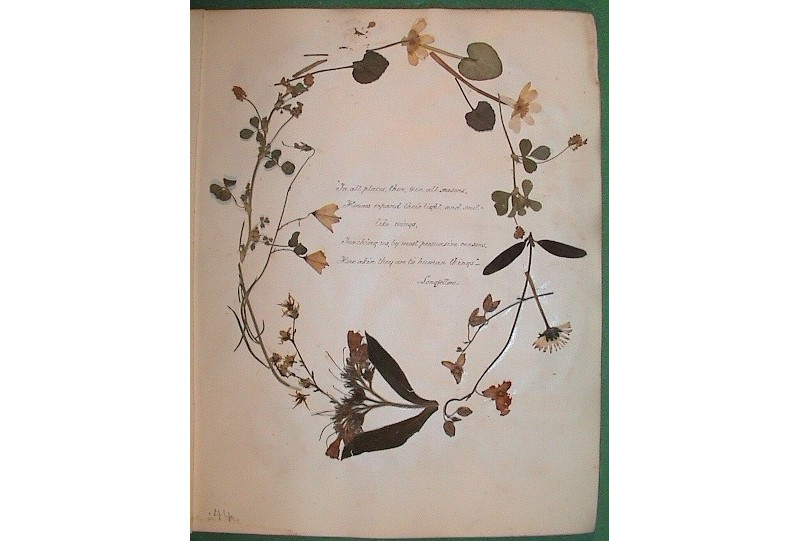
Plant stems, leaves and flowers decorating a central poem, ‘Flowers’ by H W Longfellow. (Object number 2009.47.44)
April
Pollinating insects are vital to ensure wild plants and some crops can set seed and produce fruit. Spend just 10 minutes counting pollinators for UK Pollinators Monitoring Scheme to track changes in flower-visiting insect populations.
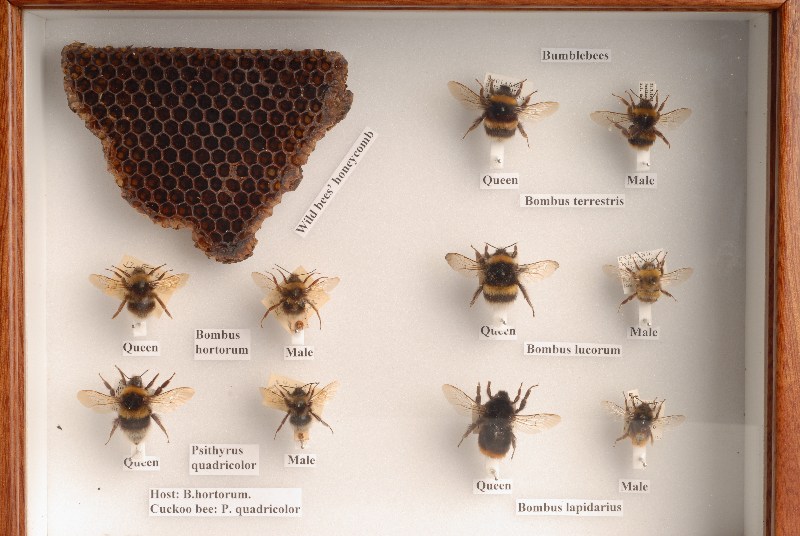
Bumblebees and honeycomb (Object number 1998.175.5610-21)
May
Wildlife isn’t just found in the countryside, it's found in cities and urban spaces too. Over the first May bank holiday weekend the National Biodiversity Network Trust runs the ‘City Nature Challenge’. The challenge asks participants to use an app to record sightings of trees, plants, insects, animals, birds and fungi to help understand where wildlife is located and where to help it thrive. In 2023, Oxfordshire and Berkshire recorders made over 1000 observations.
All year round
The People’s Trust for Endangered Species has an ongoing ‘Living with Mammals’ survey. Monitoring mammals and recording sightings to help give a big picture of the health of the environment.
To take part all you have to do is record the mammals that you see each week and any signs they might leave behind, such as droppings or footprints. It’s important to record everyday animals, like grey squirrels, as more common animals are often under-reported!
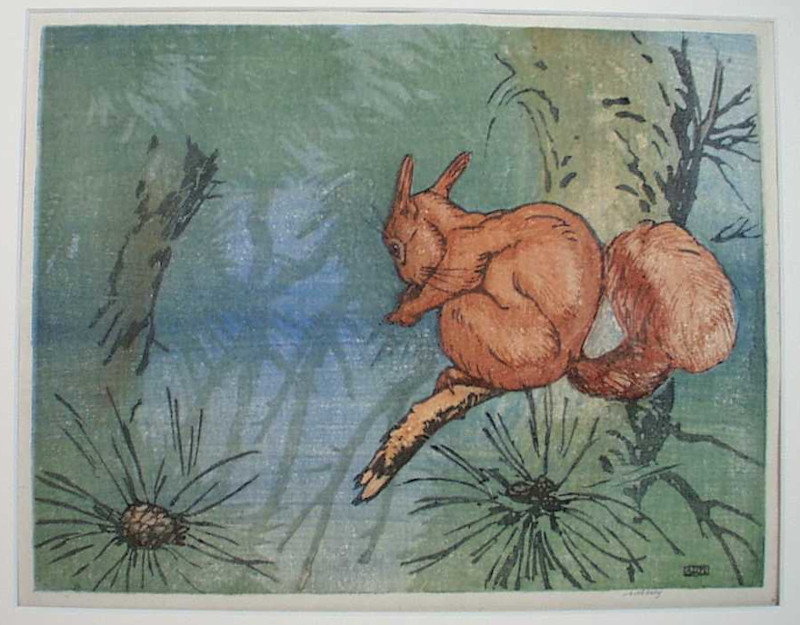
Red squirrel by Allen Seaby, coloured woodcut (Object number 1953.151.1)
May to June
From late May migrating swifts arrive in the UK. Dark, crescent-shaped, with fast, flickering wingbeats, they are incredible birds that spend almost all their life in the air, landing only to nest and rear their young.
Listen out for the swifts’ distinctive screaming call. They like older parts of Reading with 18th and 19th century houses, nesting in buildings with gaps under the eaves. They will also use purpose-made boxes in new developments.
The number of swifts flying from Africa to the UK to breed are falling. You can help the RSPB build a picture of where swift nest sites need to be protected and where to provide new sites by recording where you see nesting swifts using Swiftmapper.
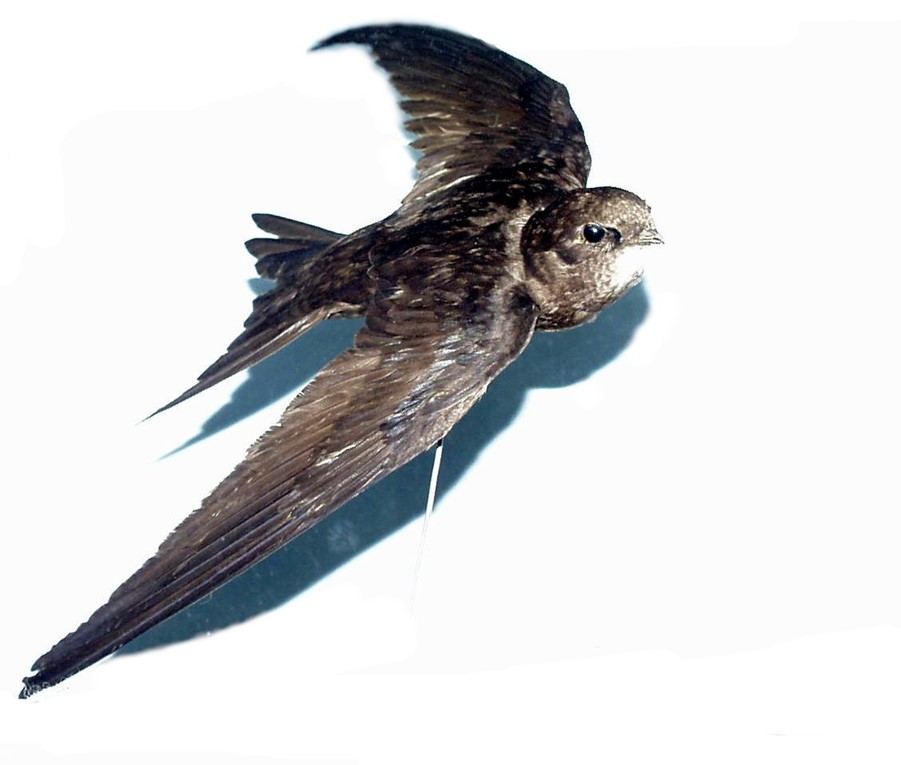
Swift (Object number 1998.233.15)
June
The stag beetle is possibly the most spectacular insect found in Britain. Males can be 60mm long and have curved ‘antlers’ which are actually modified jaws and surprisingly mobile when wrestling over females. Females are half the size of males and do not have 'antlers'.
Stag beetles emerge in May-June and males can be seen at dusk flying, loudly and clumsily, in search of females. They can feed on tree sap but, like many adult insects, may not eat at all. Most of their life is spent as a larva, developing for up to five years in rotting wood.
The stag beetle is nationally scarce but in some years they are not uncommon in parts of Reading. Find out more about them and how to help them at the People's Trust for Endangered Species where you can also record your sightings.
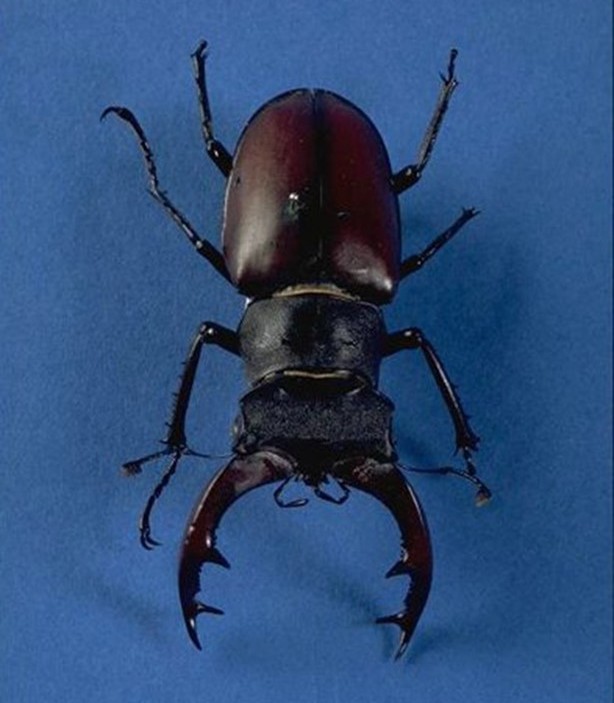
Male stag beetle (Object number 1998.186.4)
April to July
Climate change could make the cuckoo as much a thing of the past as the Abbey...Cuckoos migrate to the UK to breed, spending most of the year in central Africa. Their distinctive call can still be heard in river floodplains and former gravel pits around Reading, but they are becoming rarer because of drought conditions in places they stop off on migration, meaning less food to fuel their long journey. Cuckoos arrive in late April and are gone by early July. The ‘cuck-koo’ song carries a long way – look for the birds often perched high in the top of a tree, but more distant than they sound! They perch with their wings drooping. In flight they look a lot like hawks, with their long tail and long pointed wings.
Cuckoos are ‘brood parasites’, laying single eggs in the nest of a small bird (often a reed warbler or dunnock, which are common around Reading’s rivers), and the chicks are raised by these unwilling foster parents. The young cuckoo hatches first and throws out the host’s eggs. When fully grown it is several times the size of its ‘parents’ and has never seen another member of its own species. As the adults are long gone, it also has to make its own way south later in the summer.
The British Trust for Ornithology is monitoring cuckoos to find out more – you can get involved here https://www.bto.org/our-science/projects/cuckoo-tracking-project

The cuckoo in the picture of Reading Abbey is from the loans collection. It is an adult –the young ones are brown instead of grey.
Late July
From late July to early August you can record butterfly sightings with the ‘Big Butterfly Count’. This survey helps Butterfly Conservation build a picture of the health of the environment. Declining numbers of butterflies are an early warning for other wildlife losses, as they are suspectable to changes in the environment which could indicate bigger issues in nature. Check out Big Butterfly Count to take part. https://bigbutterflycount.butterfly-conservation.org/
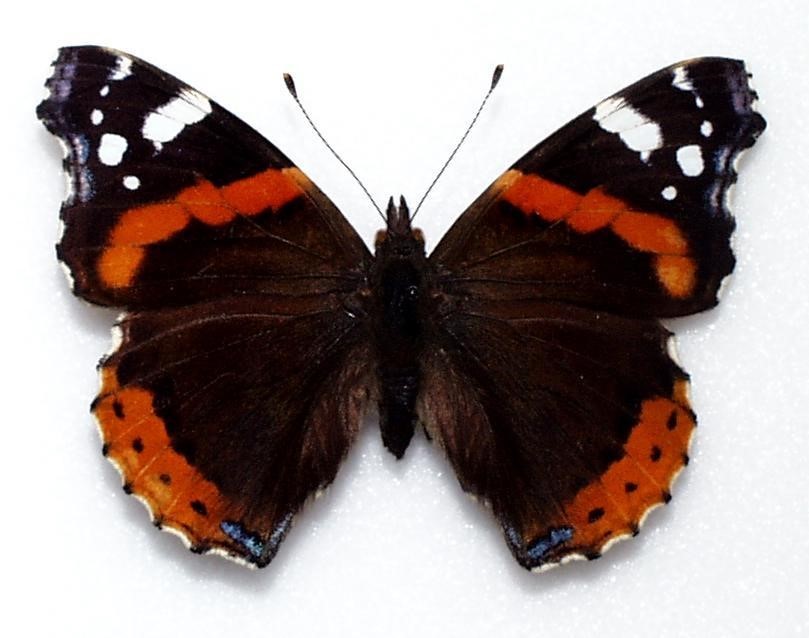
Red admiral butterfly (Object number 1999.78.1)
We will update this blog with new surveys and published results throughout the year.

Check out the links above to help nature organisations monitor wildlife. The organisations use this citizen science data to see how populations change over time, identify places or species that need protection and uncover success stories.
